The eternal travel debate isn’t always about beach versus city or hot versus cold—sometimes it comes down to preferring your nature soaring and imposing or flat and mysterious. Mountain lovers crave those soaring peaks and thin air that makes you feel like you’re touching the sky, while marsh enthusiasts appreciate the subtle beauty of wetlands where every sunrise reveals a different kind of magic.
Can’t decide which landscape calls to your soul? Here are 20 destinations that showcase the best of both worlds, from towering summits to sprawling wetlands.
Rocky Mountain National Park, Colorado
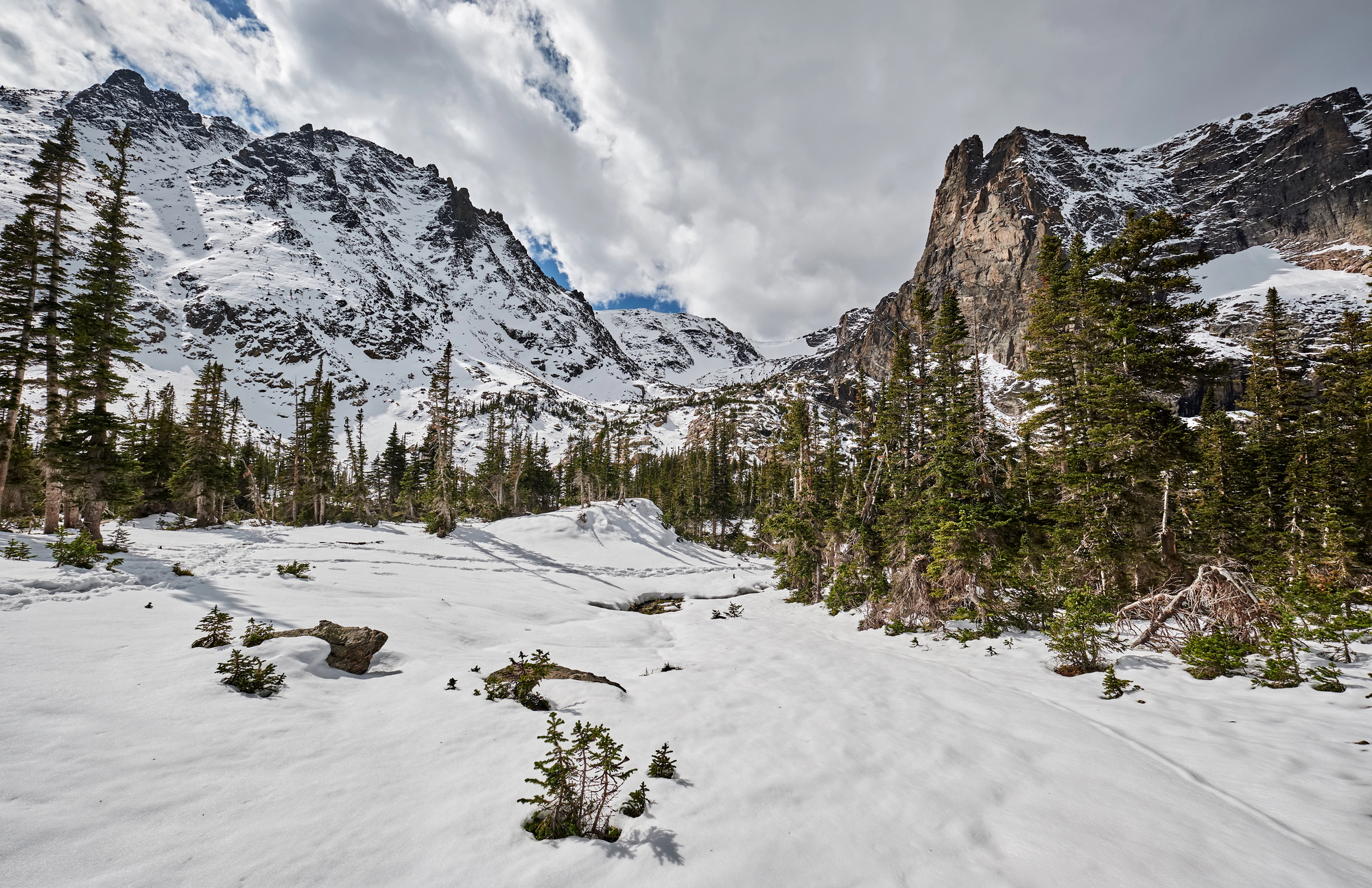
Colorado’s crown jewel serves up mountain drama on a massive scale, with peaks stretching over 14,000 feet into air so thin it makes you appreciate every breath. Trail Ridge Road snakes through alpine tundra where wildflowers bloom in impossible colors against stark mountain backdrops.
Elk bugling during fall mating season, their calls echoing off granite walls in surround sound that no concert hall could match. The park transforms completely with each season—summer brings hiking and camping, while winter turns it into a snow-covered wonderland perfect for snowshoeing and cross-country skiing.
Everglades National Park, Florida
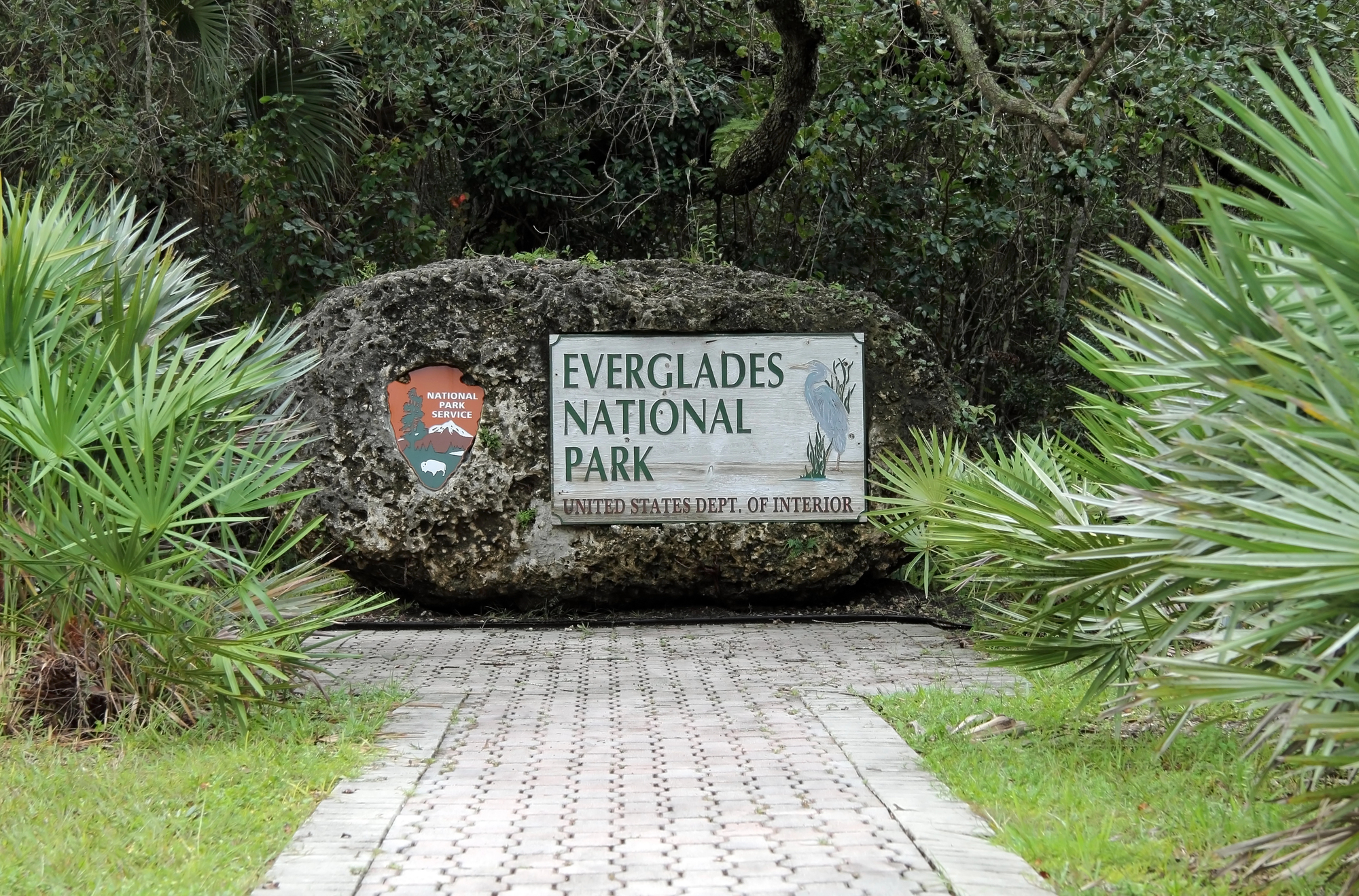
America’s largest subtropical wilderness proves that flat doesn’t mean boring. This vast river of grass moves so slowly you can’t see it flow, creating a unique ecosystem where alligators sun themselves on muddy banks while great blue herons stalk through shallow waters.
The Anhinga Trail offers up-close wildlife viewing that feels like walking through a nature documentary. Sunset from any of the elevated platforms paints the sky in colors that reflect perfectly in the still waters, creating mirror-like rainbows of pink and orange that stretch to the horizon.
Mount Rainier, Washington
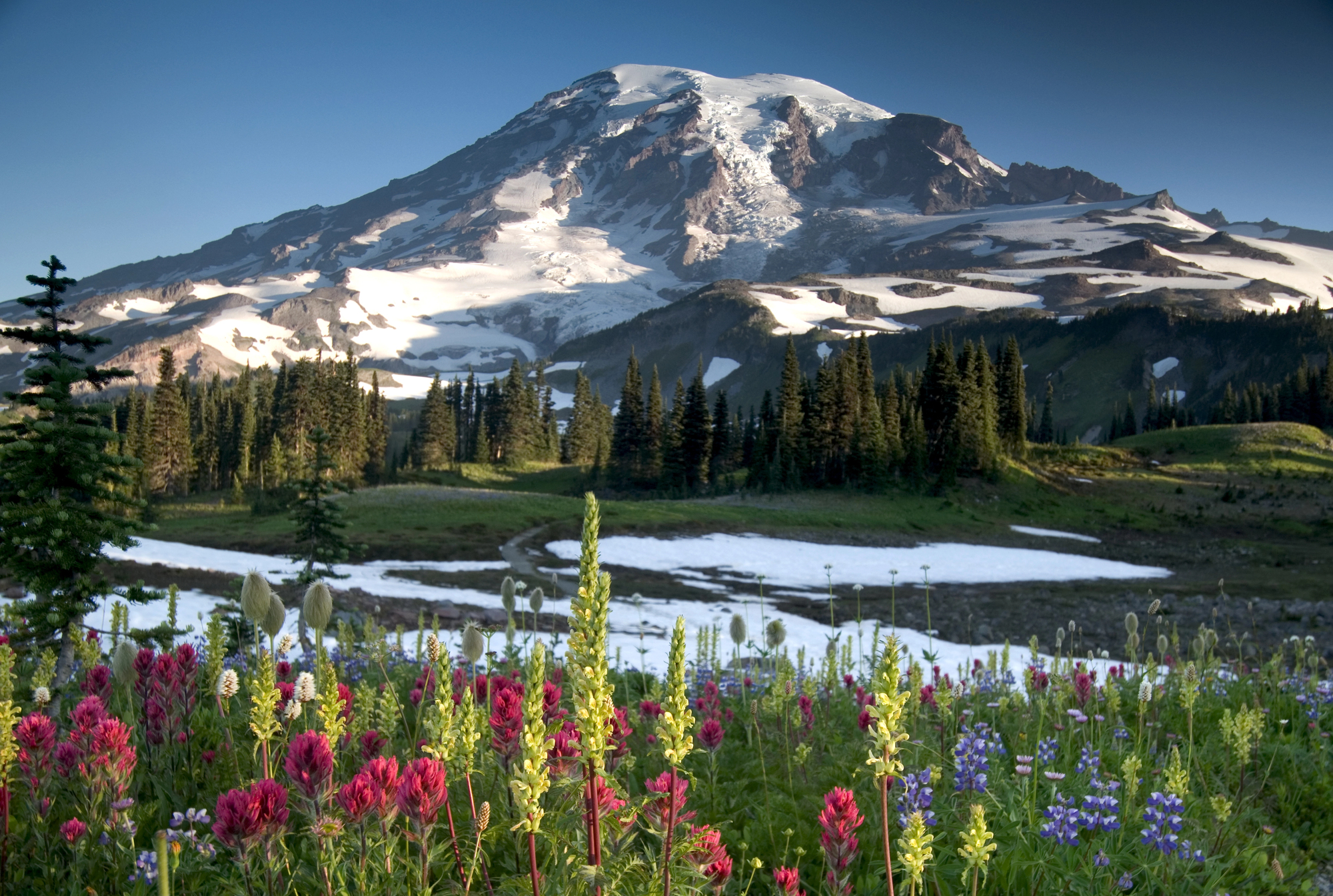
This massive volcanic peak dominates the Seattle skyline on clear days, reminding everyone within 100 miles that Mother Nature builds things way bigger than humans ever could. Paradise, the main visitor area, earns its name with wildflower meadows that explode in color during summer, while the glaciers above provide a dramatic white backdrop.
The mountain creates its own weather system, wrapping itself in clouds that can hide the summit for days at a time. When it does reveal itself, locals say “the mountain is out,” treating clear views like a special gift.
Like Travel Pug’s content? Follow us on MSN.
Okefenokee Swamp, Georgia
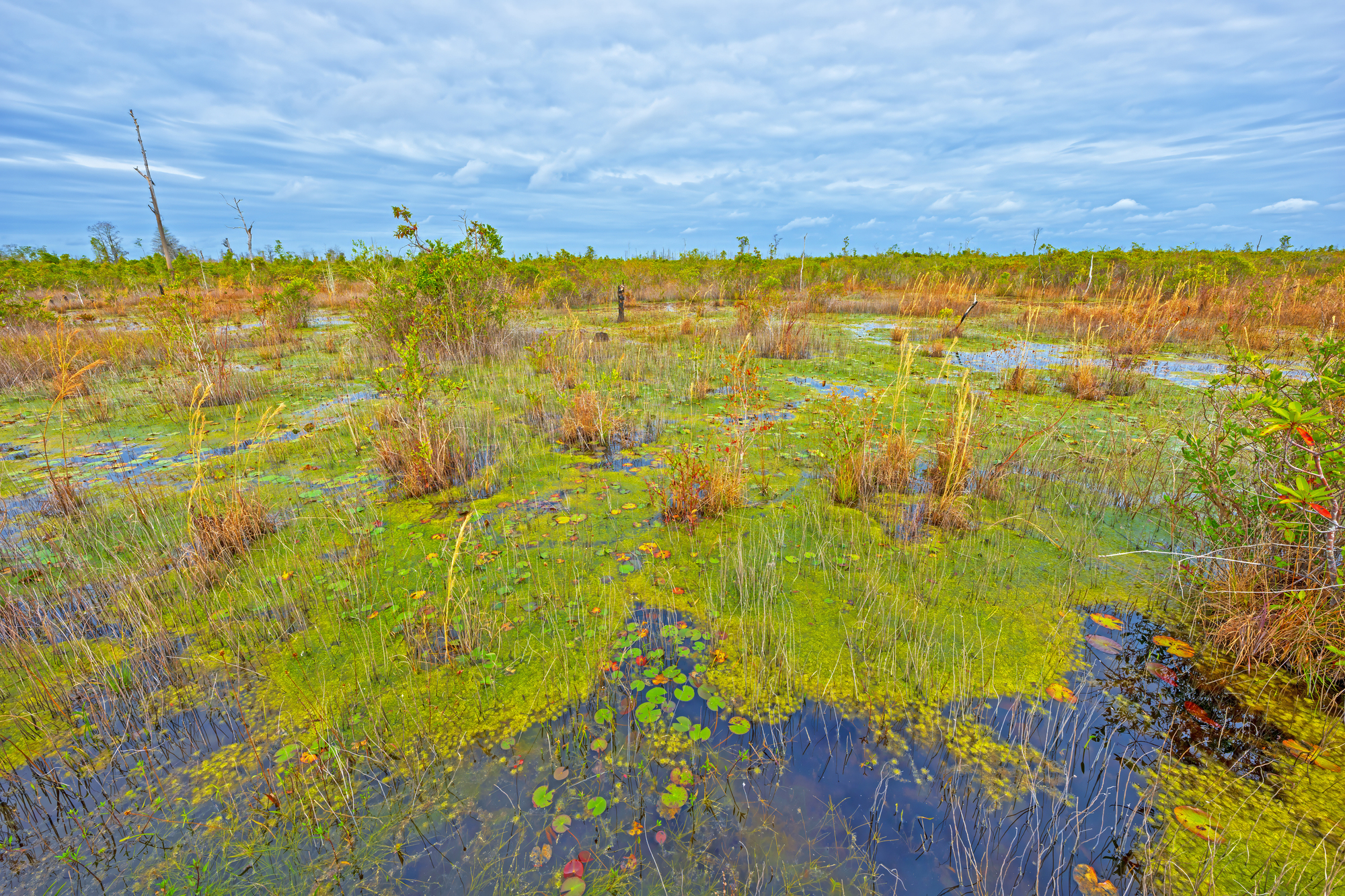
This 438,000-acre wetland creates its own mysterious world where cypress trees draped in Spanish moss emerge from dark waters like ancient sentinels. Alligators glide so smoothly they barely create ripples, while the swamp’s famous “trembling earth” shakes gently beneath your feet in certain areas.
Canoeing through the maze of waterways feels like traveling back in time. The swamp comes alive at dusk with a symphony of frogs, insects, and night birds creating nature’s own surround sound system.
Grand Teton National Park, Wyoming
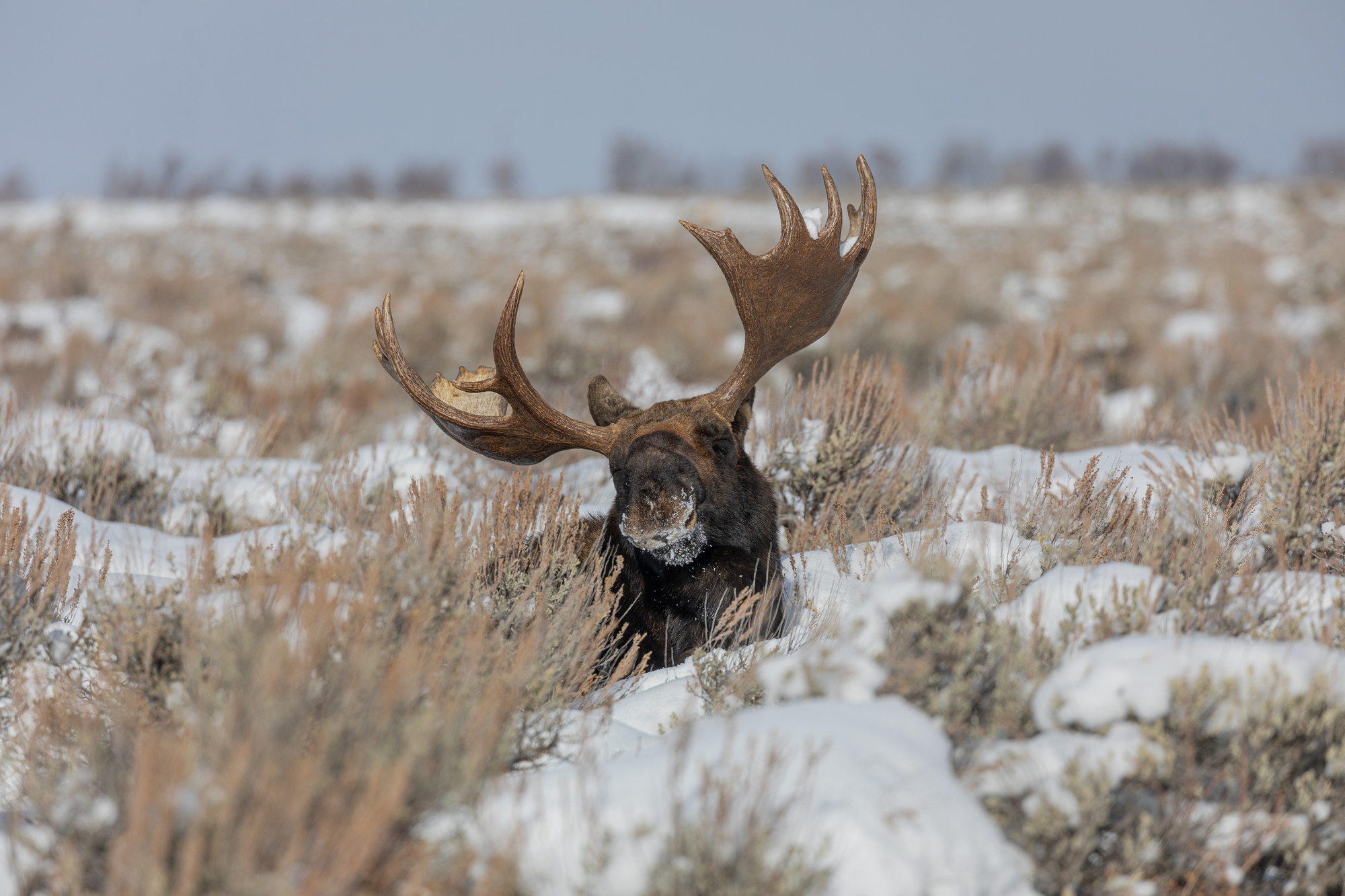
The Tetons rise abruptly from the valley floor without foothills to ease the transition, creating one of the most dramatic mountain profiles in North America. Jackson Lake reflects these jagged peaks in mirror-perfect images that double the visual impact of an already stunning landscape.
Moose wade through marshy areas in the valley, while mountain goats navigate seemingly impossible cliff faces high above. The park offers everything from gentle lakeside walks to serious mountaineering challenges, making it perfect for both casual visitors and serious climbers.
Atchafalaya Basin, Louisiana
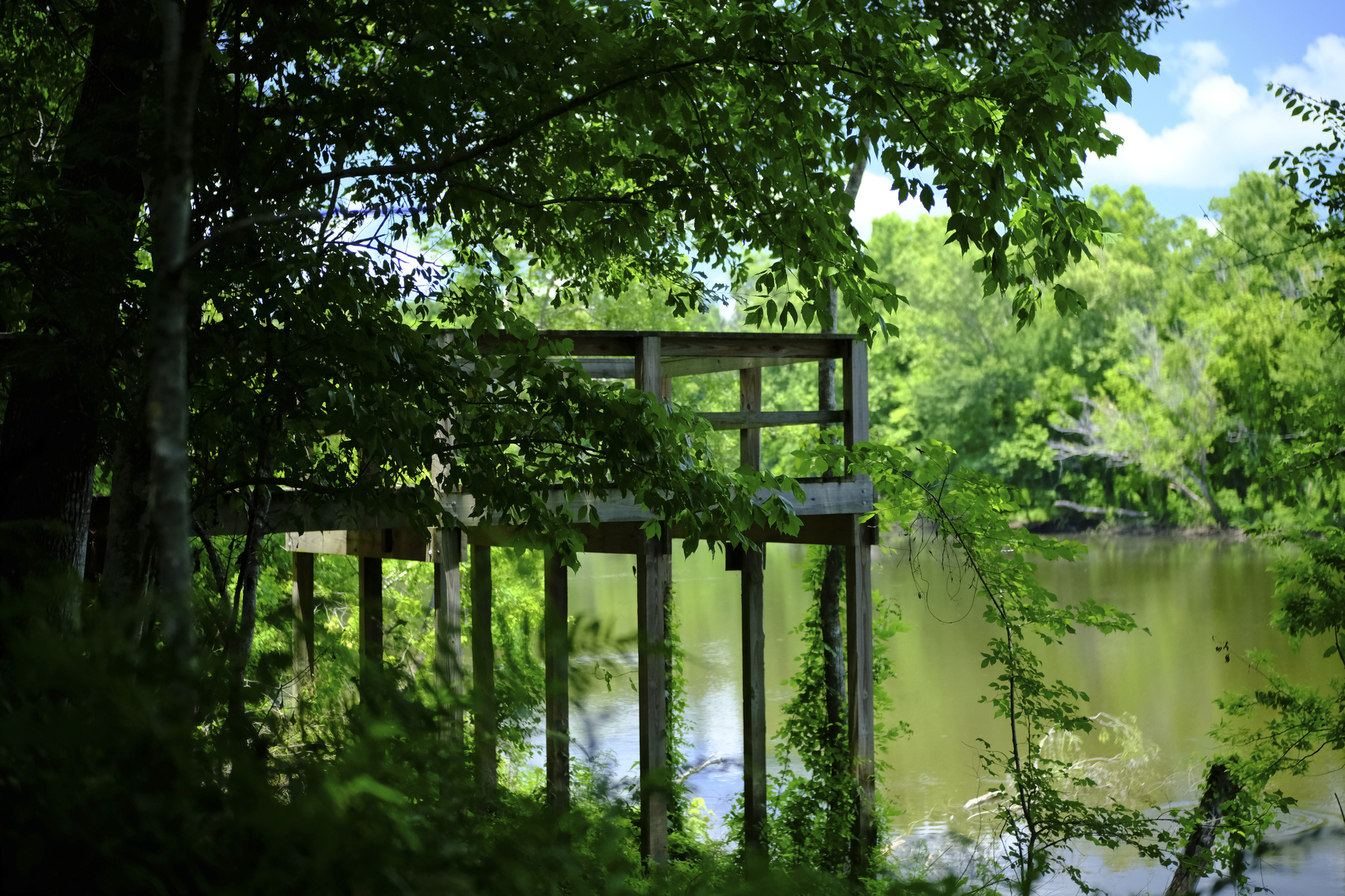
America’s largest river swamp stretches across a million acres of bottomland hardwood forest interlaced with bayous and wetlands. Cypress trees with buttressed bases stand knee-deep in dark water that reflects their gnarled branches like nature’s own funhouse mirrors.
This watery wilderness supports black bears, bald eagles, and alligators that cruise like silent sentinels. Guided swamp tours reveal hidden channels where time seems to flow as slowly as the current.
Like Travel Pug’s content? Follow us on MSN.
Glacier National Park, Montana
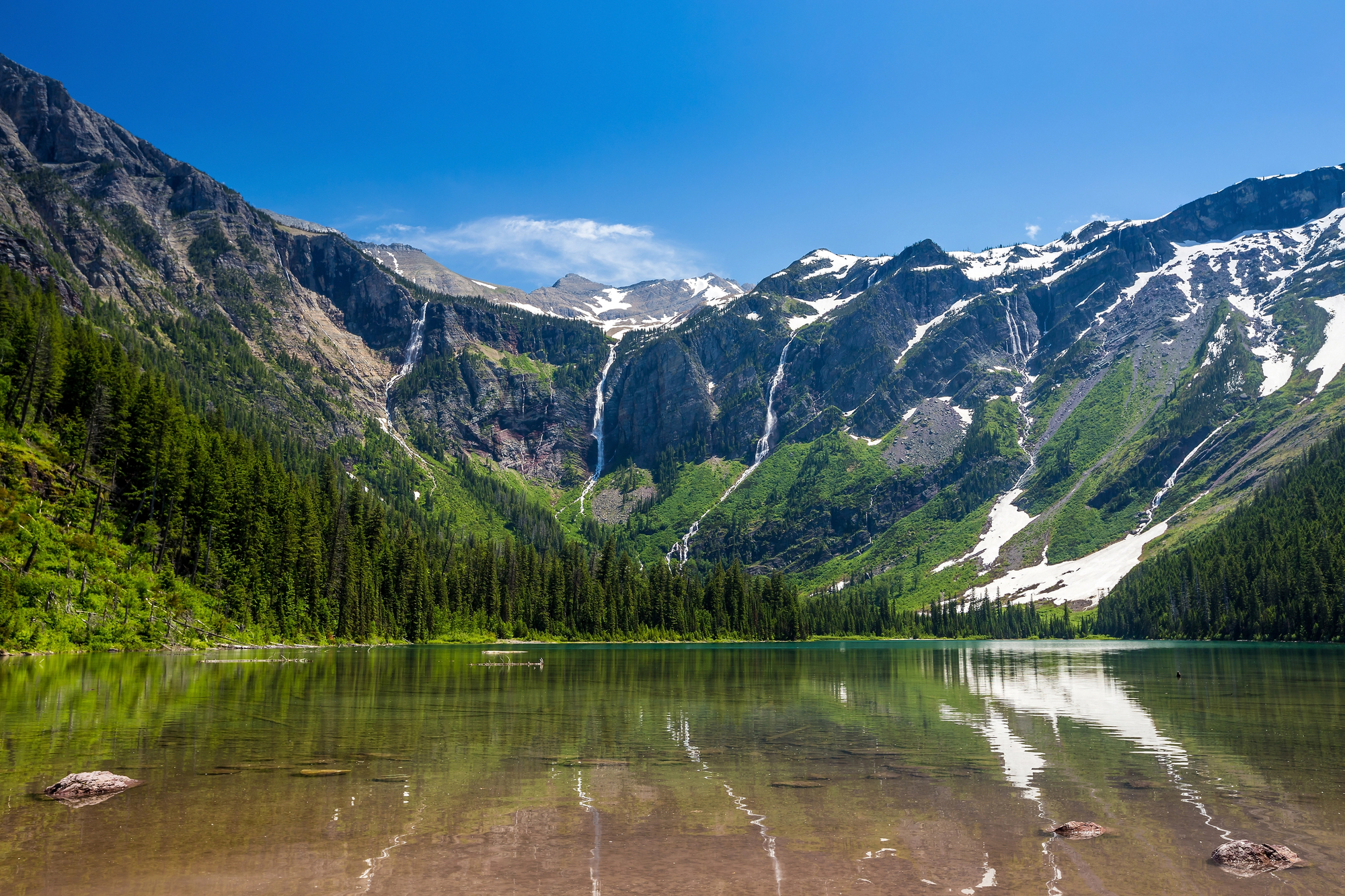
Known as the ‘Crown of the Continent,’ Glacier showcases over a million acres of pristine wilderness where mountain peaks scrape the sky and alpine lakes gleam like scattered jewels. The Going-to-the-Sun Road provides breathtaking mountain vistas at every turn—not for the faint of heart.
Mountain goats and bighorn sheep treat the steep terrain as their personal playground, while grizzly bears and black bears roam lower elevations. The park’s remaining glaciers continue carving the landscape, though they’re shrinking rapidly due to climate change.
Congaree National Park, South Carolina
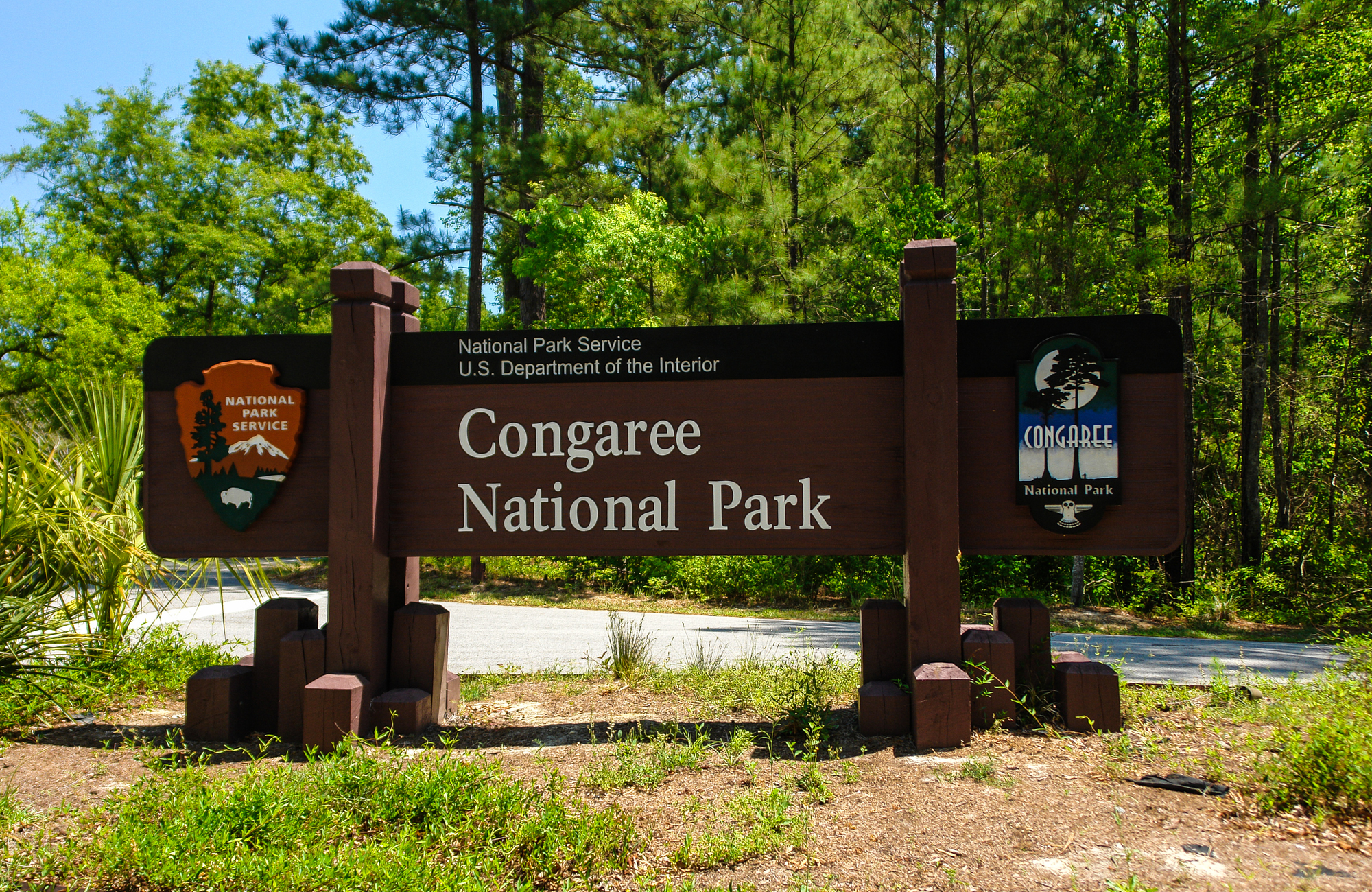
This unexpected gem protects one of the largest intact expanses of old-growth bottomland hardwood forest in the Southeast. Towering bald cypress and tupelo trees create a cathedral-like canopy over a landscape that floods regularly, supporting a unique ecosystem where bald eagles nest alongside barred owls.
The park’s elevated boardwalk lets you walk through this watery wilderness without getting your feet wet, while fireflies create magical light shows during summer evenings. Despite being relatively unknown, Congaree offers some of the best old-growth forest experiences in the country.
Denali National Park, Alaska
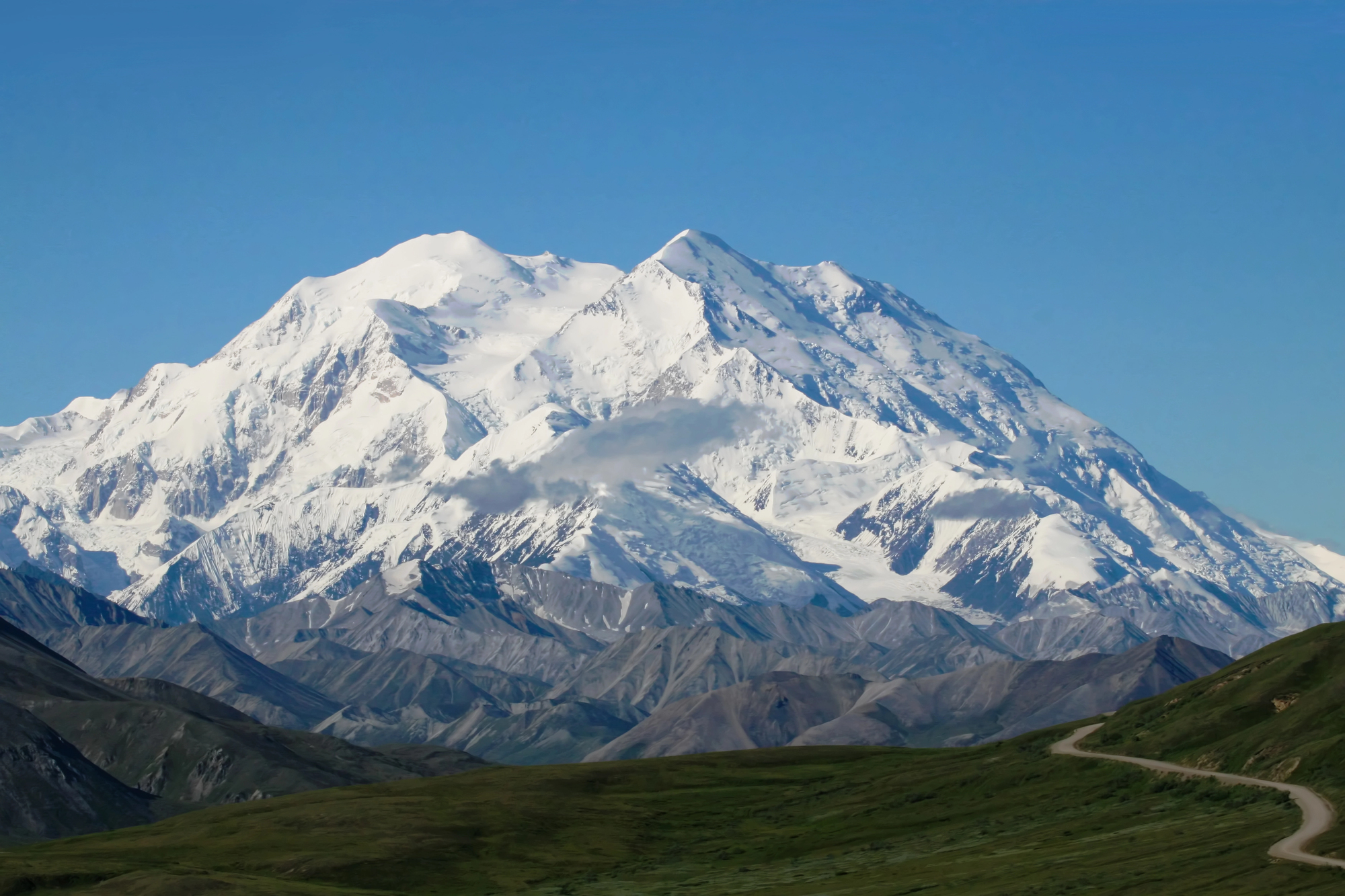
Home to North America’s tallest peak, Denali (formerly Mount McKinley) dominates a landscape so vast it makes you reconsider your understanding of scale. The mountain stands over 20,000 feet tall and creates its own weather systems, hiding behind clouds for weeks at a time.
When it does appear, locals celebrate because clear views are that rare and spectacular. The park’s six million acres of wilderness support grizzly bears, wolves, caribou, and Dall sheep—a true Alaskan wilderness experience.
Like Travel Pug’s content? Follow us on MSN.
Great Dismal Swamp, Virginia/North Carolina
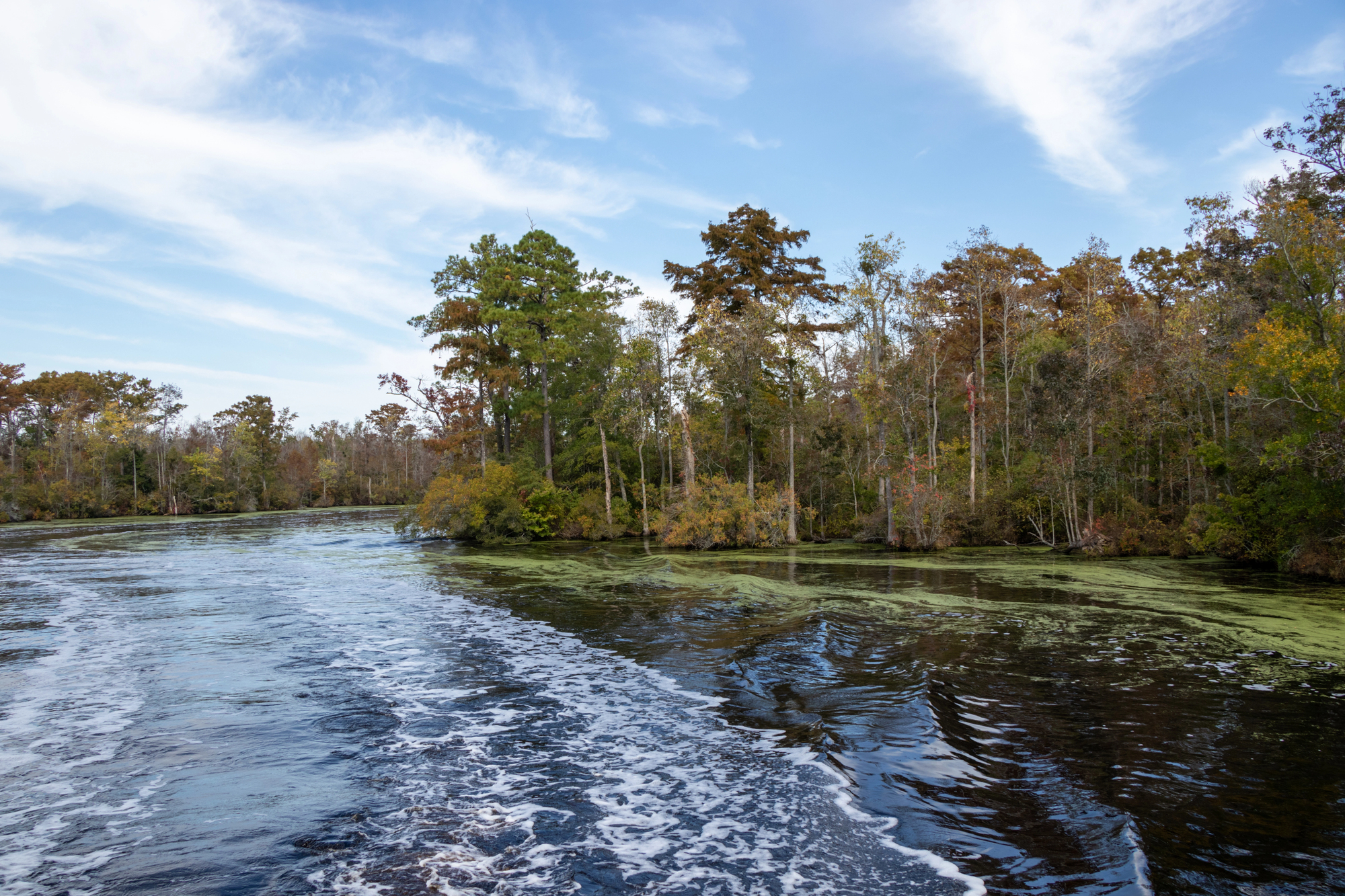
This mysterious wetland earned its ominous name from early settlers who found the dark, still waters and dense vegetation somewhat foreboding. Today, the preserved portions offer peaceful canoeing through cypress-tupelo swamps where black bears occasionally make appearances.
The swamp played an important role in pre-Civil War history as part of the Underground Railroad, with escaped enslaved people finding refuge in its impenetrable wilderness. Hiking and biking trails provide access to this unique ecosystem where the boundary between land and water constantly shifts.
Mount Washington, New Hampshire
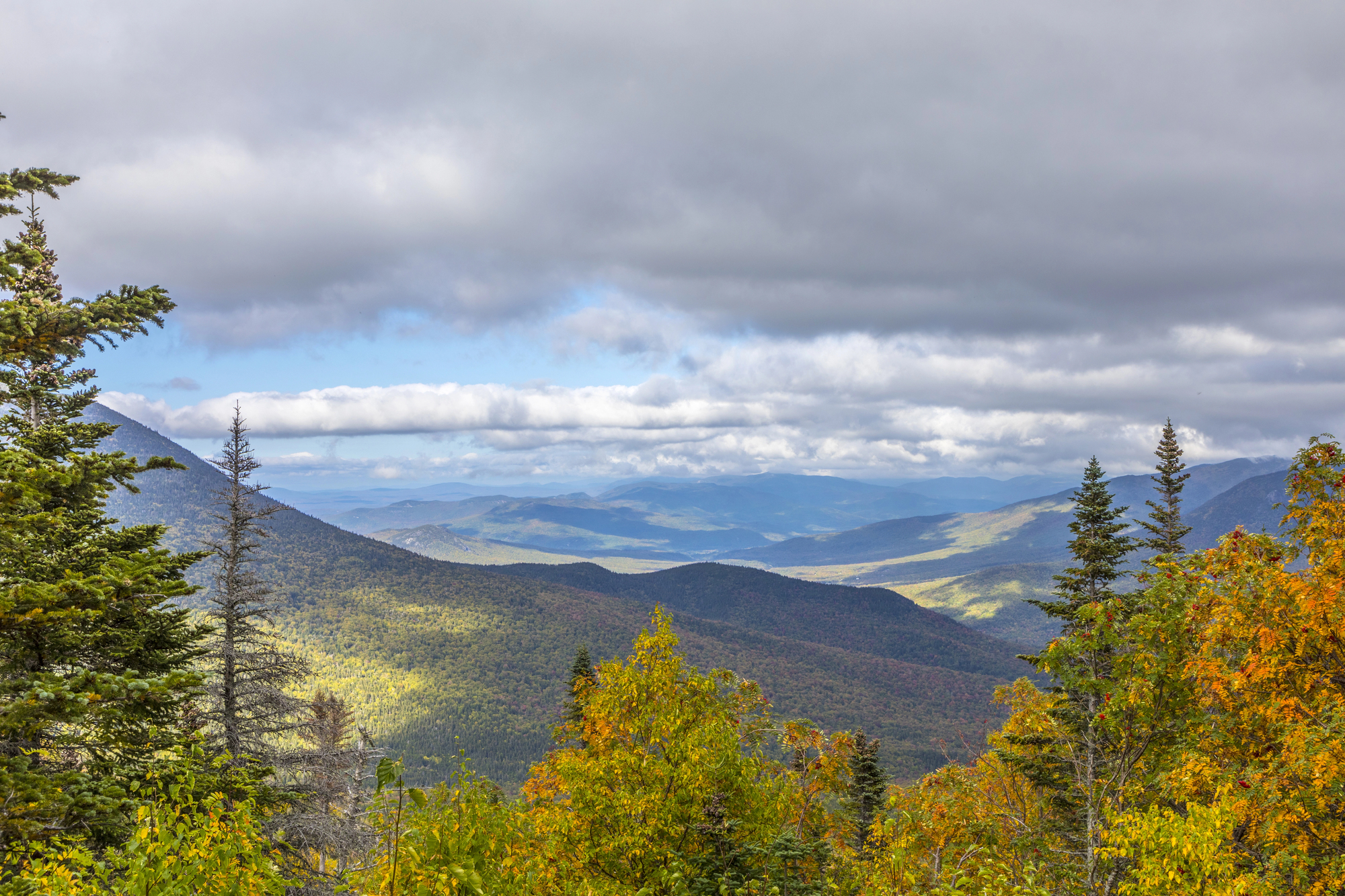
Despite being only 6,288 feet tall, Mount Washington claims the title of having some of the world’s worst weather, with wind speeds that have exceeded 200 mph. The mountain’s weather station has recorded temperature swings of over 100 degrees within 24 hours, making every trip to the summit an adventure.
Three different routes lead to the top – hiking, driving, or taking the historic cog railway that’s been chugging up the mountain since 1869. On clear days, the views extend to the Atlantic Ocean and into multiple states, making the challenging conditions worth the effort.
Big Cypress National Preserve, Florida
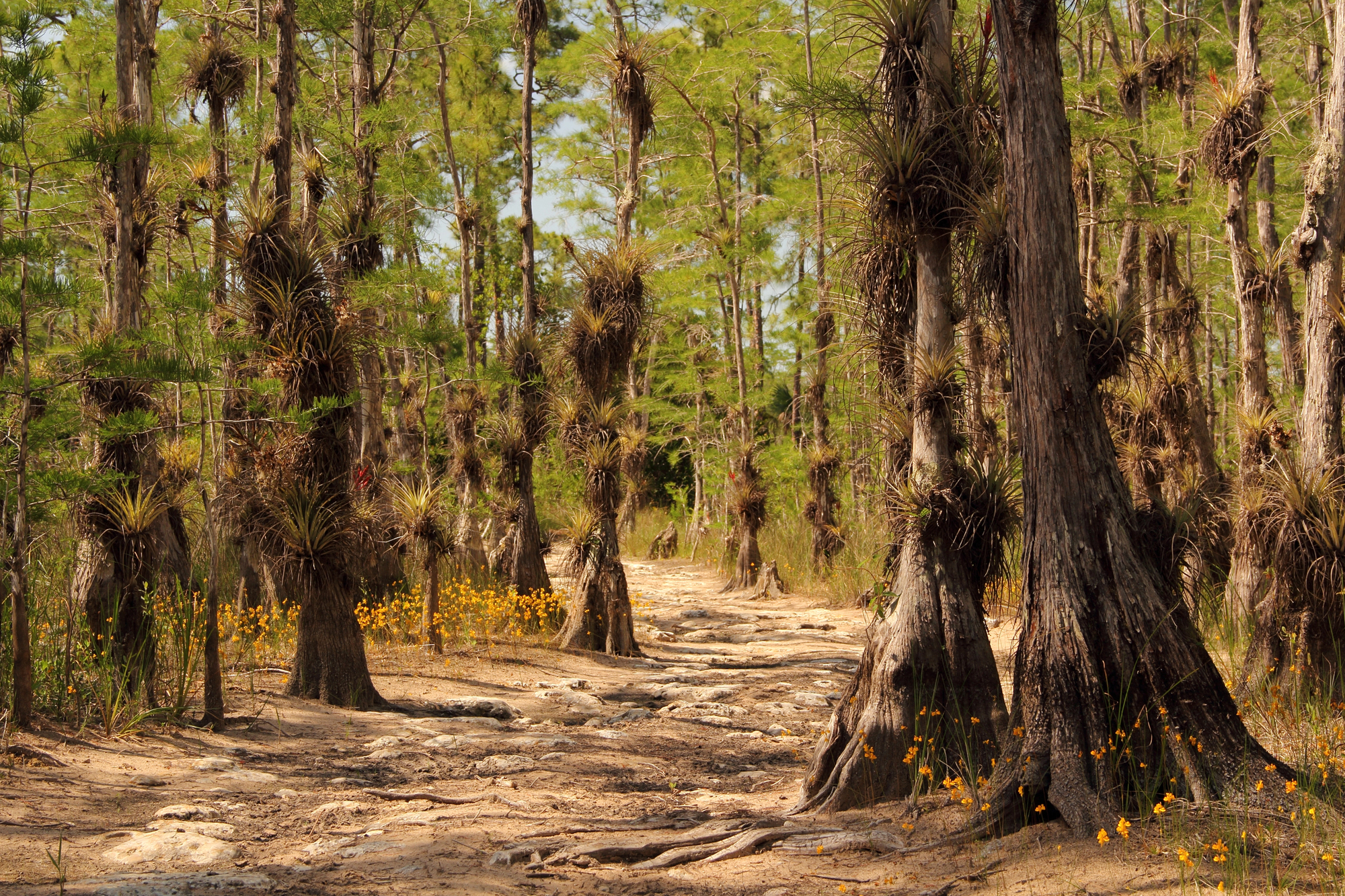
This 729,000-acre preserve protects a crucial part of the Everglades ecosystem while offering easier access than its more famous neighbor to the south. Ancient bald cypress trees, some over 700 years old, rise from shallow waters, creating natural cathedrals where wood storks and white ibis feed.
The preserve’s diverse habitats support Florida panthers, black bears, and the largest concentration of nesting wood storks in the United States. Scenic drives and boardwalks provide wildlife viewing opportunities that don’t require trudging through swamp water.
Like Travel Pug’s content? Follow us on MSN.
Cascade Range, Oregon
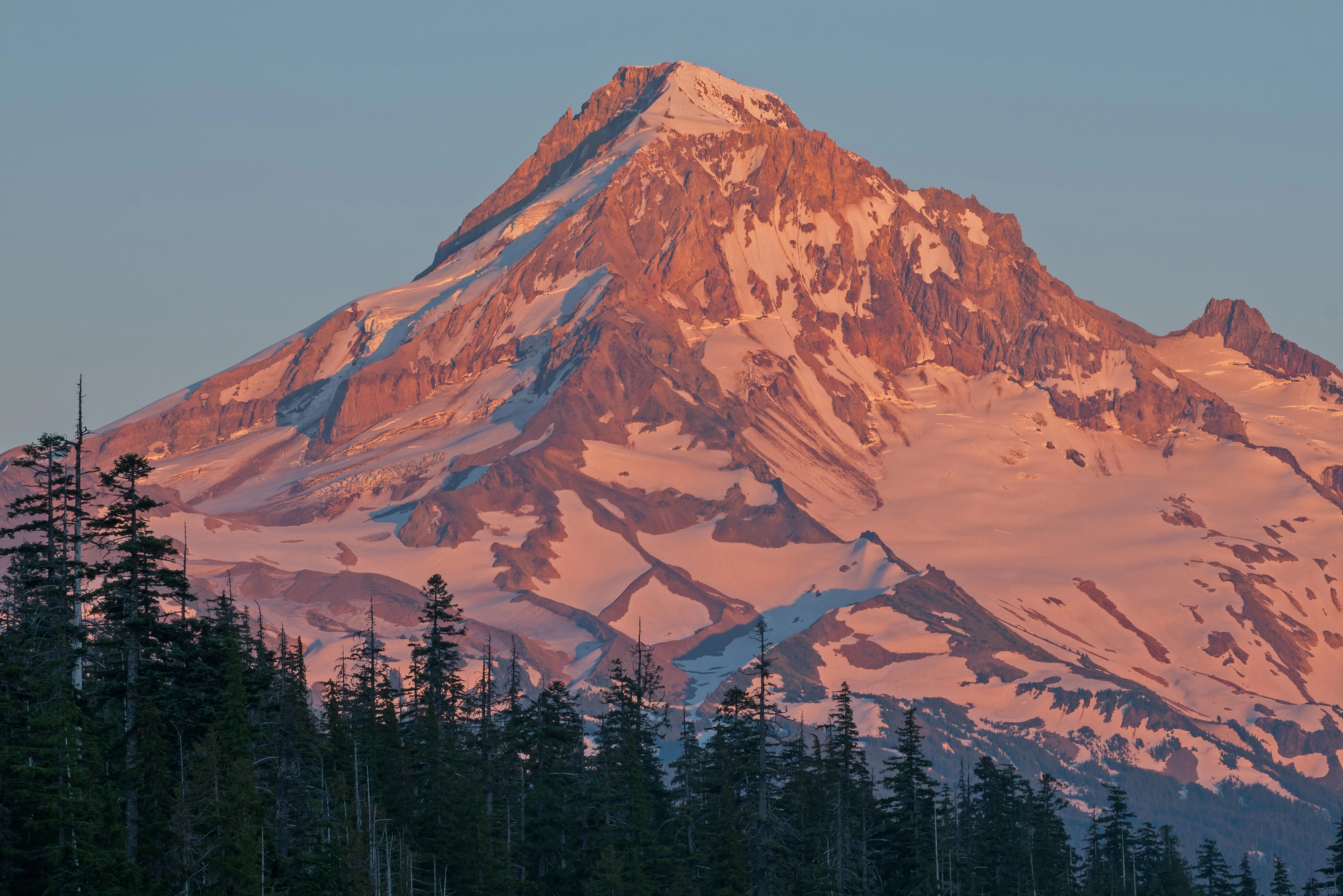
This volcanic mountain chain runs like a spine through Oregon, featuring peaks that range from gentle slopes perfect for hiking to technical climbs that challenge expert mountaineers. Mount Hood, the state’s highest peak, provides a dramatic backdrop for Portland while offering year-round recreation opportunities.
Crater Lake—formed by a collapsed volcano—holds some of the deepest and clearest water in the world, surrounded by rim drives that provide constantly changing perspectives. The range’s diverse elevation zones create distinct ecosystems from old-growth forests to alpine meadows.
Reelfoot Lake, Tennessee
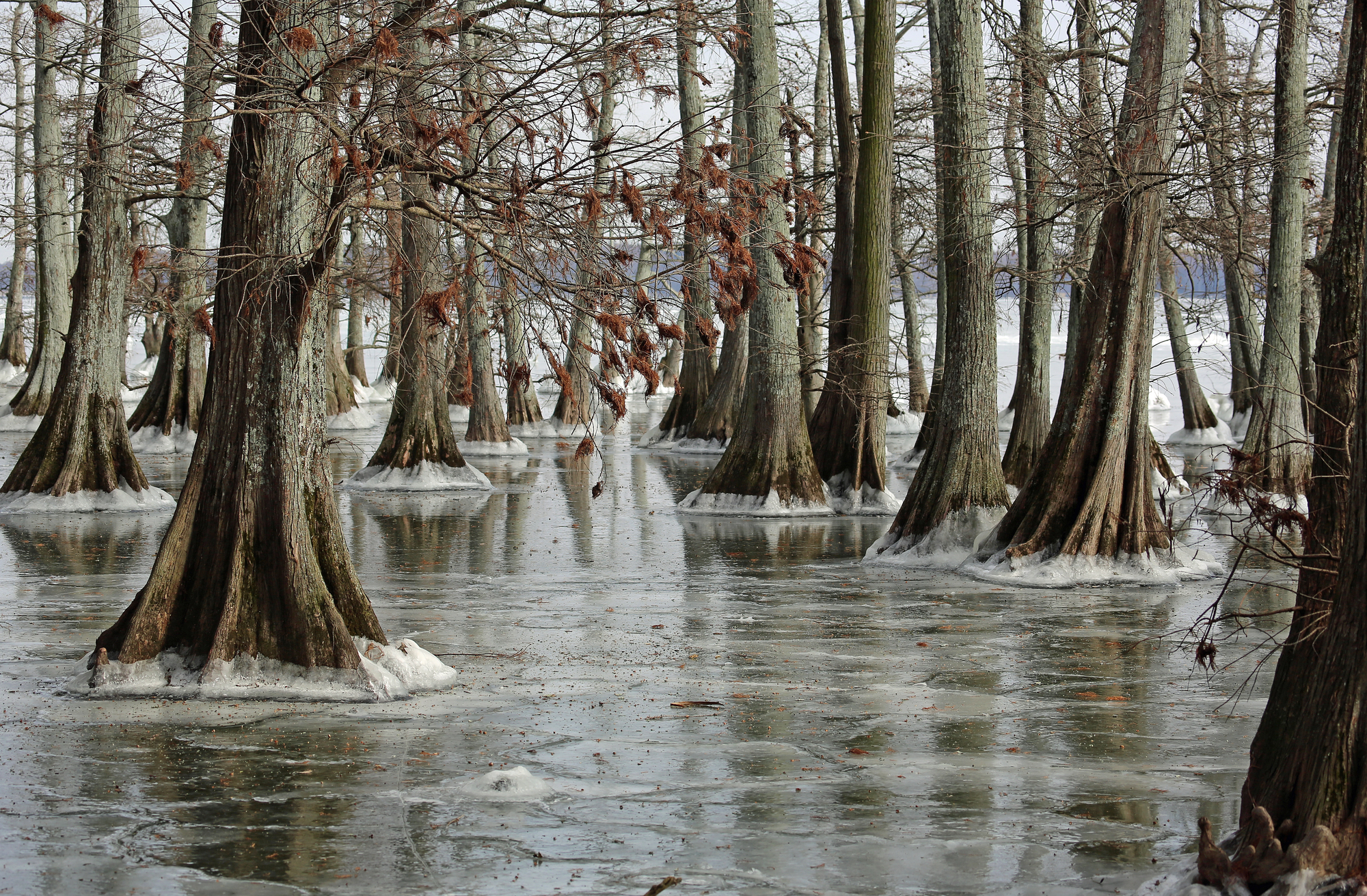
Created by a series of devastating earthquakes in 1811-1812, this shallow lake supports one of the most important waterfowl habitats in the southeastern United States. Bald cypress trees standing in shallow water create a landscape that looks more like Louisiana than Tennessee, while great blue herons and numerous duck species treat the lake as a crucial stopover during migration.
The lake’s unique formation story adds geological intrigue to its natural beauty, making it both a wildlife refuge and a lesson in how natural disasters can create unexpected beauty.
Appalachian Mountains, Multiple States
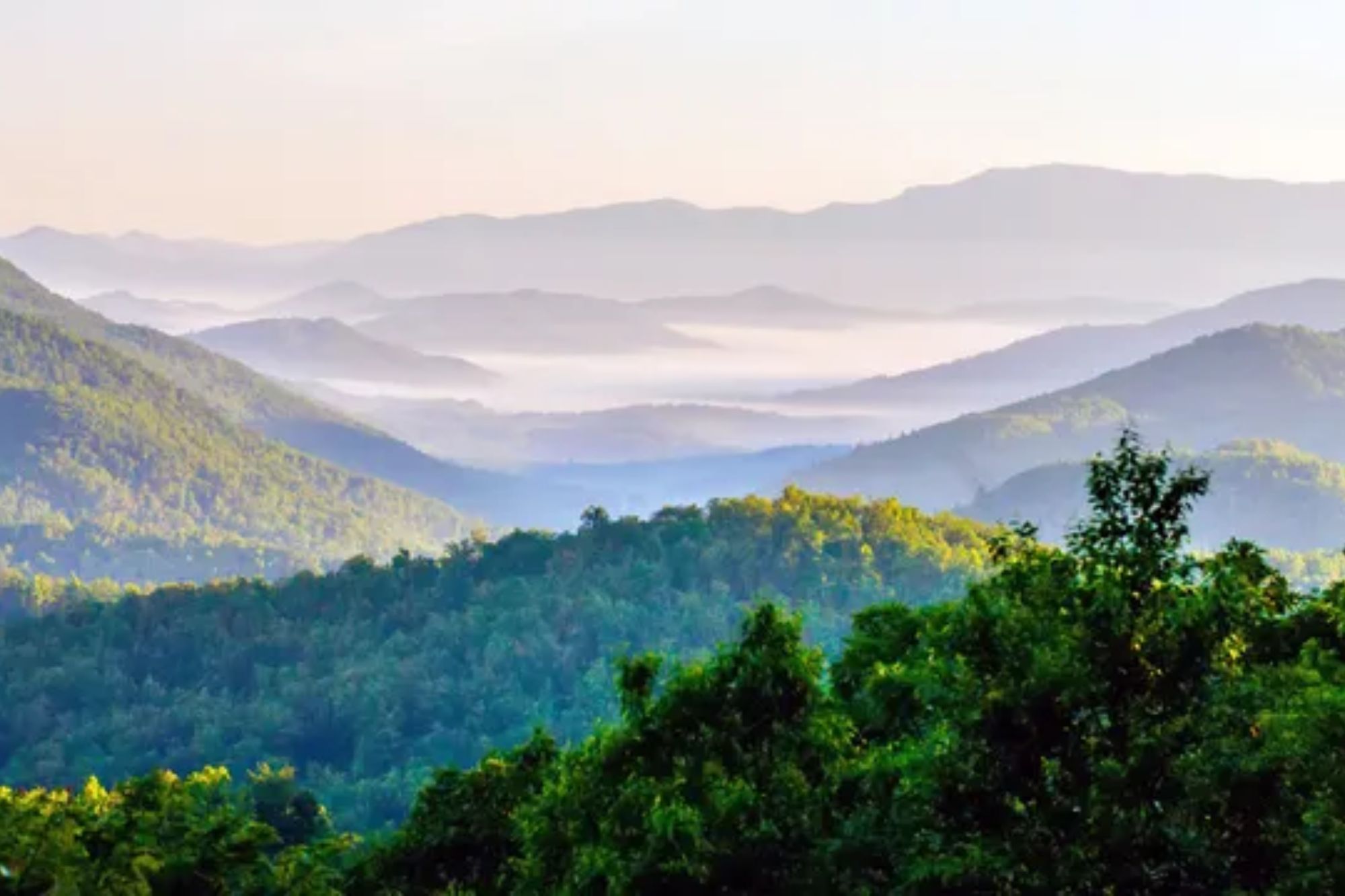
Stretching from Georgia to Maine, the Appalachians represent some of North America’s oldest mountains, worn down by time into gentle, rolling peaks covered in lush forests. The Appalachian Trail provides 2,190 miles of hiking opportunities through diverse ecosystems and stunning vistas.
Fall transforms these mountains into a tapestry of red, orange, and yellow that draws leaf-peepers from around the world. Small mountain communities nestled in valleys maintain traditions and cultures that feel distinctly American, offering glimpses into ways of life that have changed little over generations.
Like Travel Pug’s content? Follow us on MSN.
Bosque del Apache, New Mexico
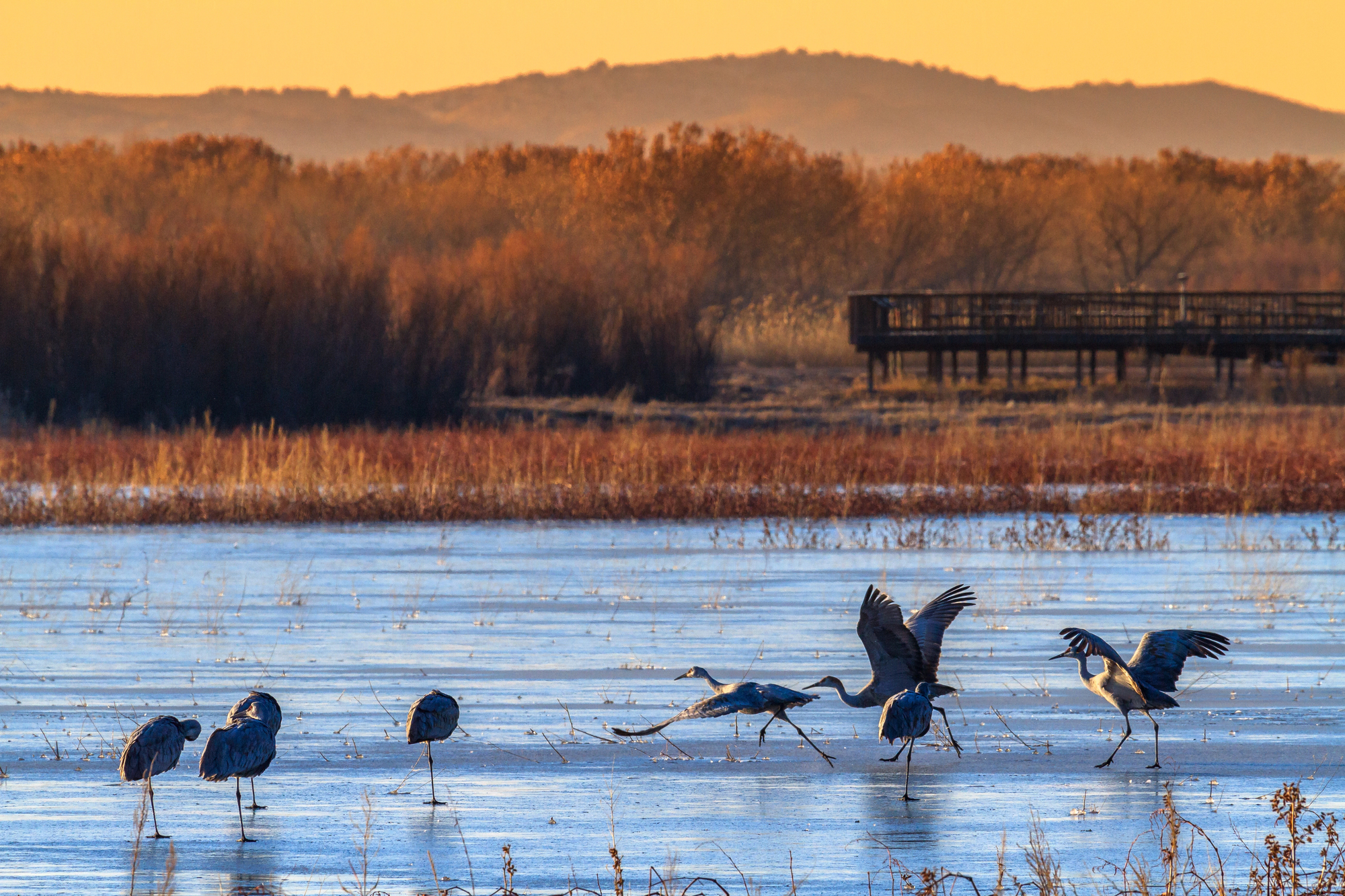
This national wildlife refuge along the Rio Grande provides crucial habitat for sandhill cranes, snow geese, and countless other bird species during winter months. The refuge’s managed wetlands create oases in the high desert, attracting wildlife that wouldn’t otherwise survive in this arid environment.
Dawn and dusk bring spectacular flyovers as thousands of cranes lift off from roosting areas, their calls echoing across the wetlands. The surrounding mountains provide dramatic backdrops for wildlife photography and remind visitors that even desert regions can support thriving wetland ecosystems.
Sierra Nevada Mountains, California
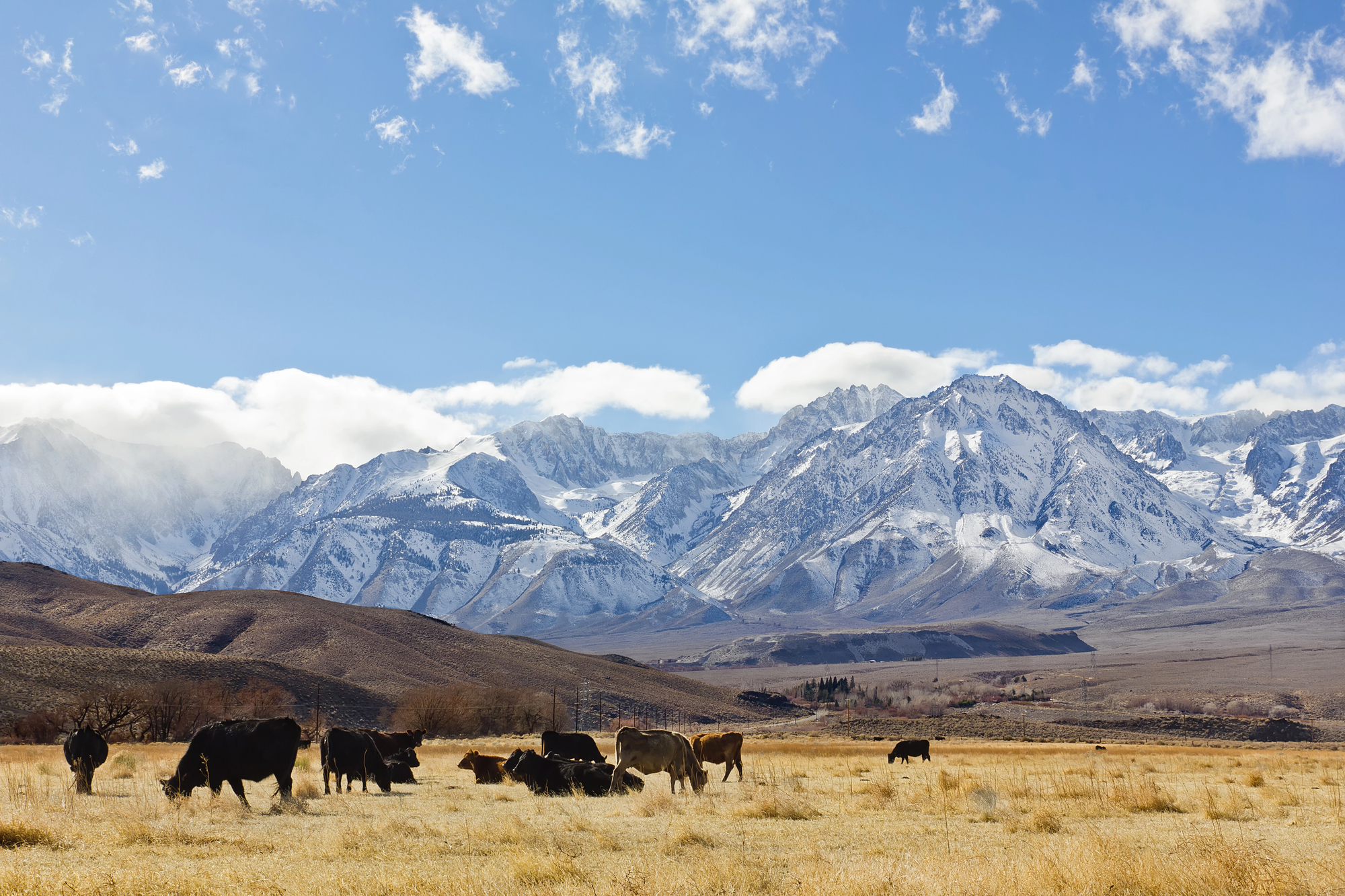
From Yosemite’s granite cliffs to Lake Tahoe’s alpine waters, the Sierra Nevada offers endless mountain beauty. Mount Whitney anchors the range’s southern end, while giant sequoias stand tall in its western forests.
Snowmelt feeds rivers that sustain much of California.
Caddo Lake, Texas/Louisiana
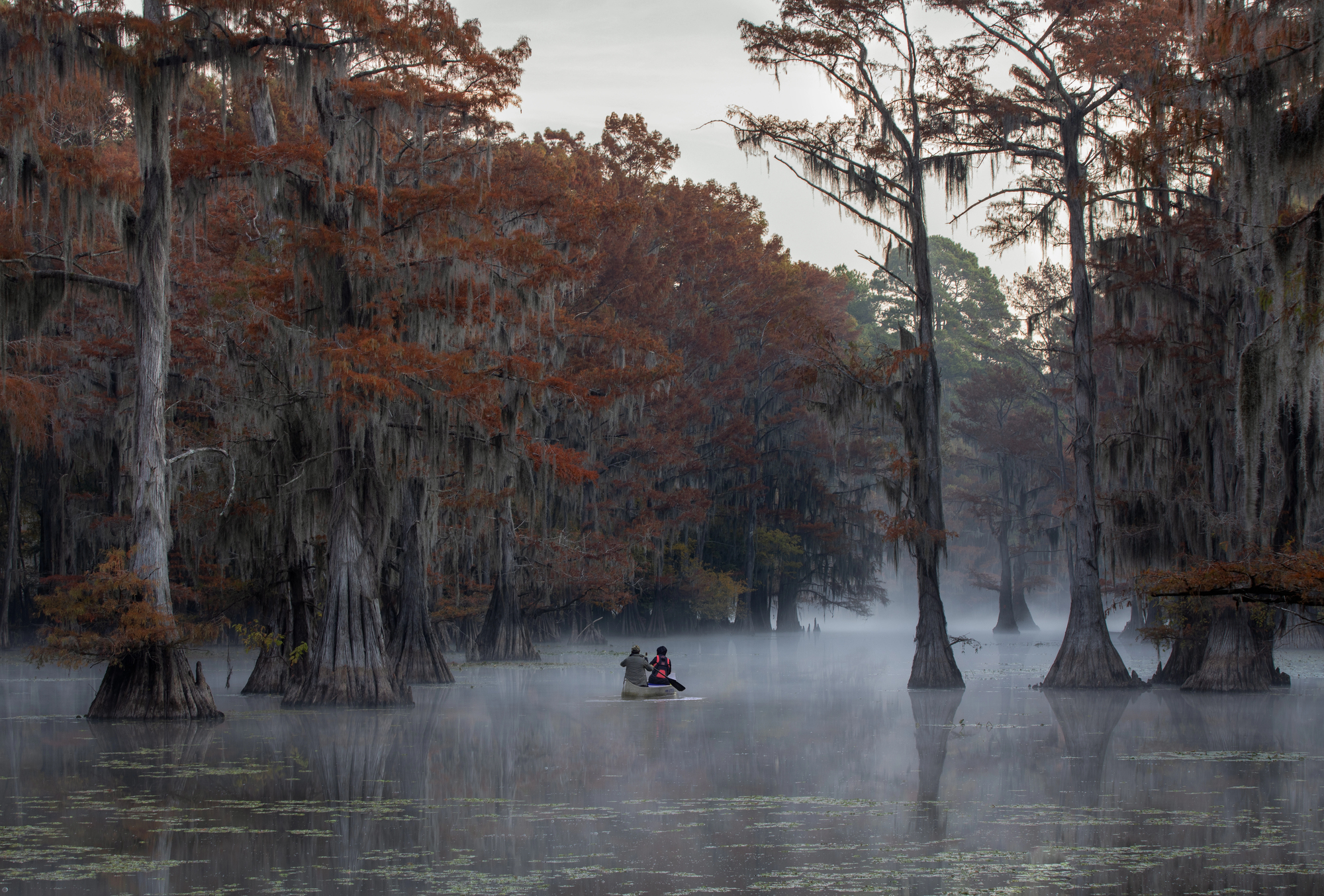
This maze of bayous, backwaters, and cypress swamps on the Texas-Louisiana border creates a landscape that feels more like the Deep South than East Texas. Ancient bald cypress trees draped in Spanish moss rise from dark waters that reflect their twisted forms like natural mirrors.
The lake supports an incredible diversity of wildlife, from alligators and waterfowl to freshwater fish species found nowhere else. Paddle routes wind through narrow channels that open into larger lakes, creating a sense of exploration and discovery that keeps visitors coming back.
Like Travel Pug’s content? Follow us on MSN.
Sawtooth Mountains, Idaho
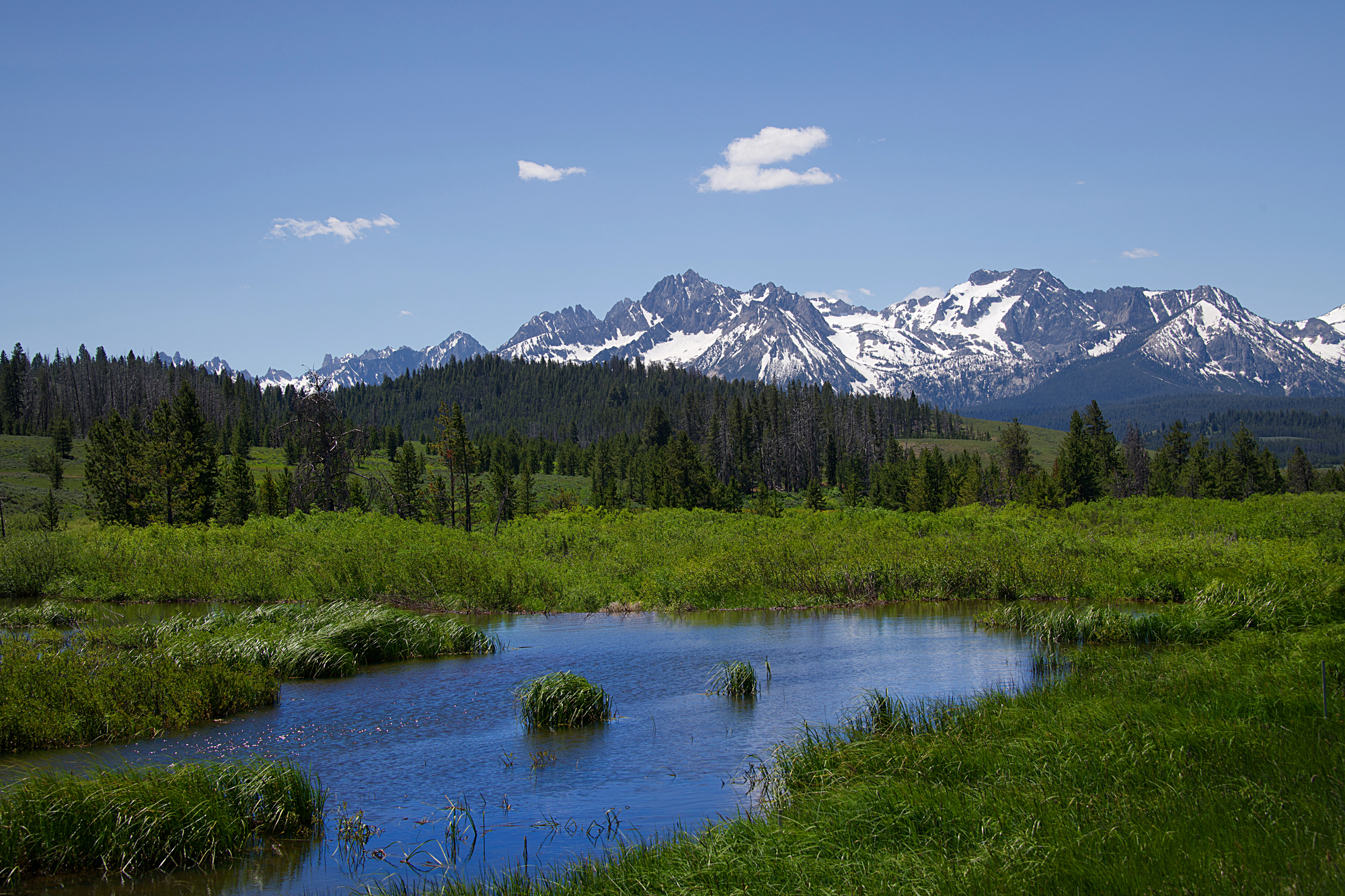
These jagged peaks live up to their name with serrated ridgelines that cut sharp profiles against Idaho’s big sky. Over 40 peaks exceed 10,000 feet, creating dramatic backdrops for alpine lakes that gleam like scattered coins in glacier-carved valleys.
The Sawtooth Scenic Byway provides access to some of the most spectacular mountain scenery in the American West, while numerous trailheads offer hiking opportunities for every skill level. Stanley, the gateway town, maintains a laid-back western atmosphere that perfectly complements the wild country that surrounds it.
Honey Island Swamp, Louisiana
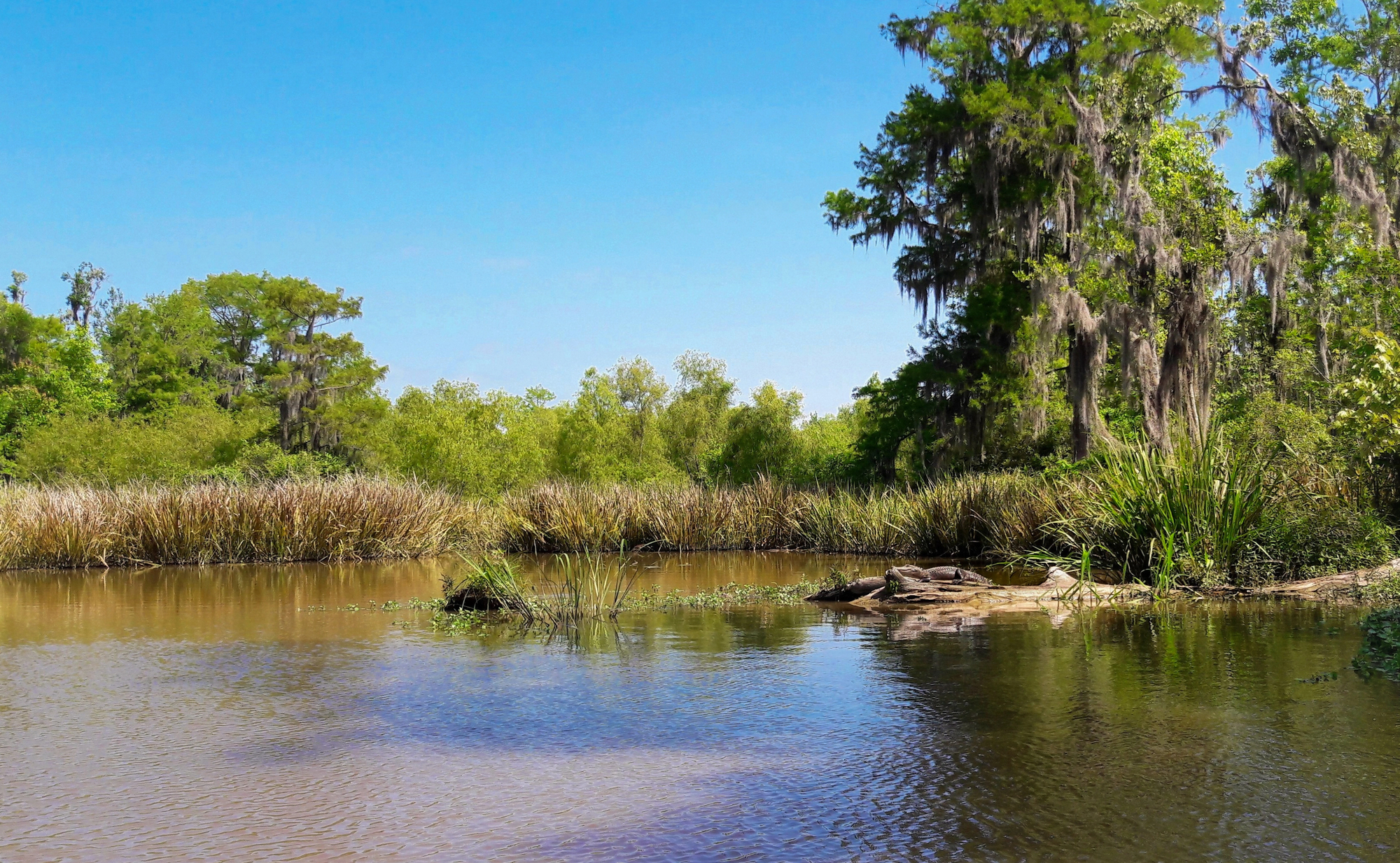
This pristine swamp near New Orleans offers a glimpse into Louisiana’s wild side, where alligators, wild boar, and numerous bird species thrive in a landscape little changed since prehistoric times. Guided boat tours navigate narrow channels between tupelo and cypress trees, revealing wildlife that includes black bears, river otters, and over 200 bird species.
Local legend insists the swamp harbors the ‘Honey Island Swamp Monster,’ though most visitors are content with spotting more conventional wildlife. The swamp’s proximity to New Orleans makes it an easy day trip for those wanting to experience Louisiana’s natural heritage.
Peaks and Wetlands Both Win
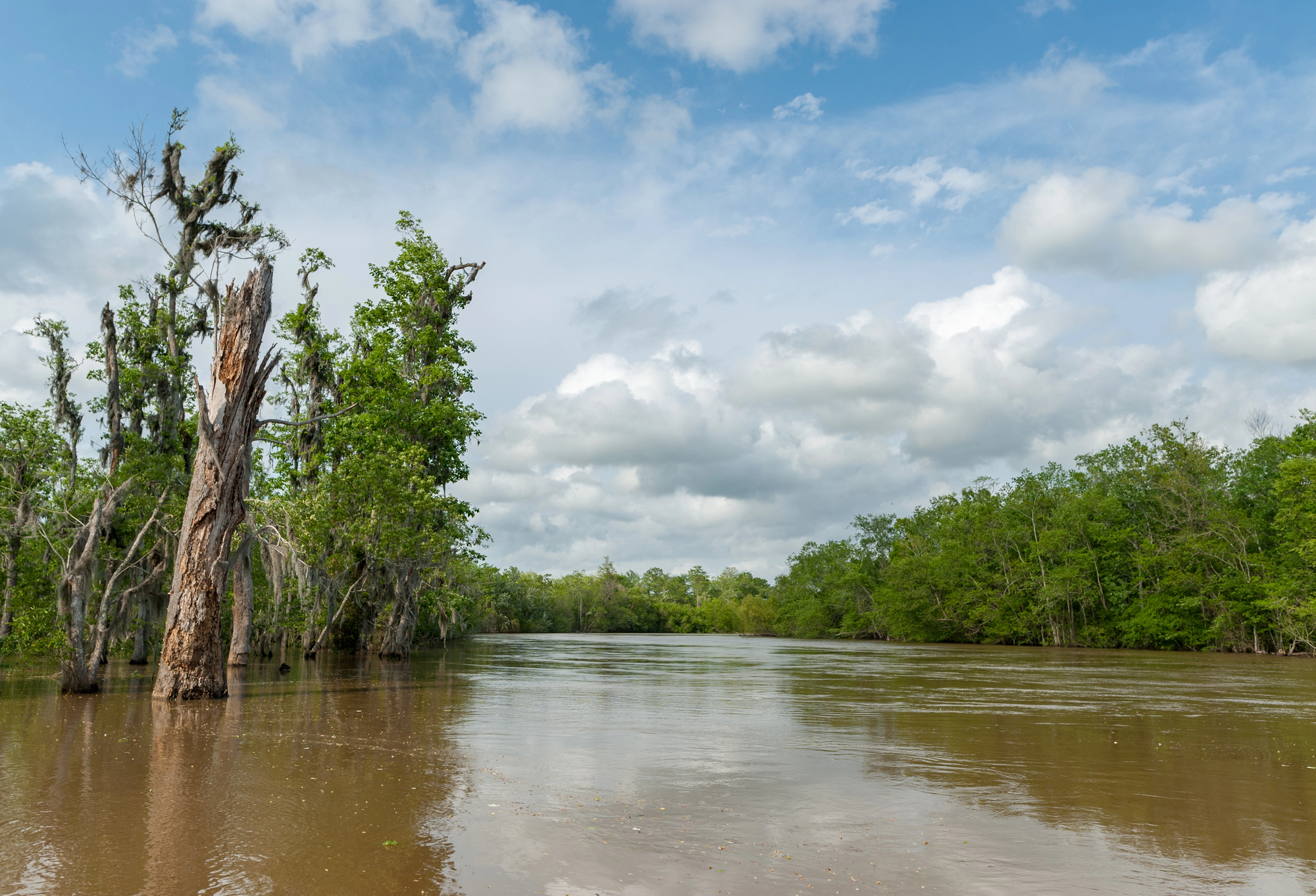
These destinations prove that choosing between mountains and marshes isn’t really necessary – both landscapes offer their own forms of natural therapy that speak to different parts of our souls. Mountains provide that sense of achievement and perspective that comes from literally rising above everyday concerns, while wetlands offer the peaceful, meditative quality that comes from watching life unfold in slow motion.
Whether you prefer the dramatic gestures of peaks pointing toward the sky or the subtle beauty of ecosystems where land and water dance together, these places remind us that diversity in landscapes, like diversity in life, makes the world endlessly interesting. The best travels often combine both, giving us mountain mornings and marsh sunsets, teaching us that nature’s greatest gift might be its variety.
More from Travel Pug

- Cities Growing so Fast You Won’t Recognize Them in 10 Years
- 13 Destinations Where Tourists Regularly Regret Their Trip
- 16 U.S. Cities That Are Quietly Becoming Travel Hotspots
- Where to Travel If You Love Long Bus Rides and Daydreams
- 20 Cities Perfect for Solo Travelers Who Crave Adventure & Culture
Like Travel Pug’s content? Follow us on MSN.
